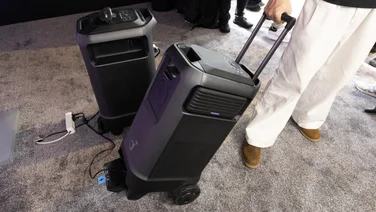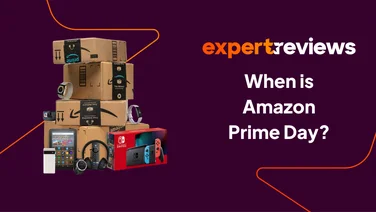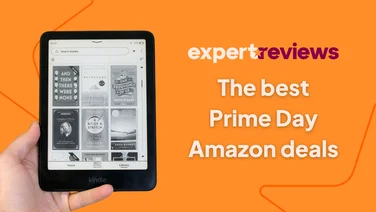To help us provide you with free impartial advice, we may earn a commission if you buy through links on our site. Learn more

Not content with its persuasive attempts to take control of photo upload and virtual reality, Google also made a big play for the Internet of Things (IoT) at its Google IO Keynote. It made two new announcements in the area, Brillo and Weave.
Brillo is a slimmed down operating system for IoT devices. It’s essentially Android with all the extraneous stuff scrubbed away, thus the name. Google promises it will run across a wide range of hardware, have minimal system requirements and be secure. Whether it’s your smart fridge, smart lighbulb or smart heating system, Google wants it to be running Brillo.

Alongside it sits Weave, which a new standard to deal with communications between different IoT devices. Such communication is crucial if for example, your various smart devices are going to work together happily. It’s not a hardware standard but rather a shared language by which your various devices can co-ordinate with each other, and with the web.

This will allow an app to send a single command to your home, such as ‘on holiday’ and all the devices will know how to react to it. It will simplify smart devices not just for manufacturers and developers, but that should also trickle down to consumers. Once and up-and-running, we should easily be able which devices are compatible with the new standards, though we doubt the Brillo and Weave names will make it onto packaging as they are.
The new standards come out of a desire to standardised IoT, not just in the home but also in industrial and civic applications – smart factories or smart farms and smart cities. The technology is rolling out shortly to developers and hopefully we’ll see the first devices before the end of the year.
It’s not surprising that Google wants to run our homes. With slick integration with its cloud services and ‘proper’ Android devices, it does make a lot sense; but despite the logic it does leave us feeling a little uneasy.






